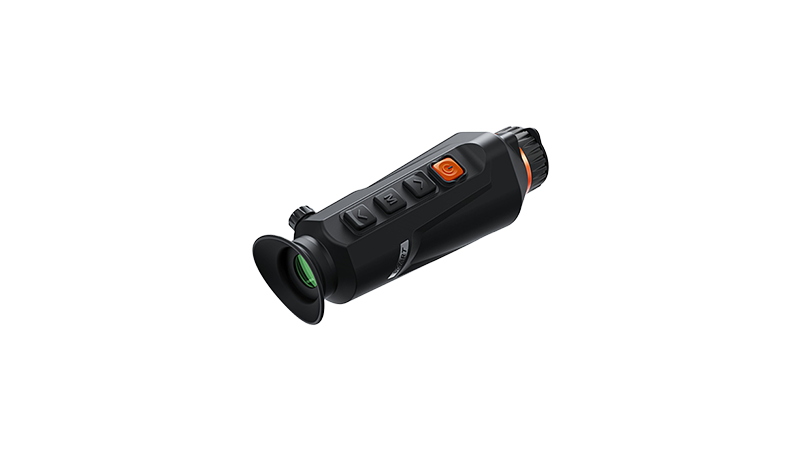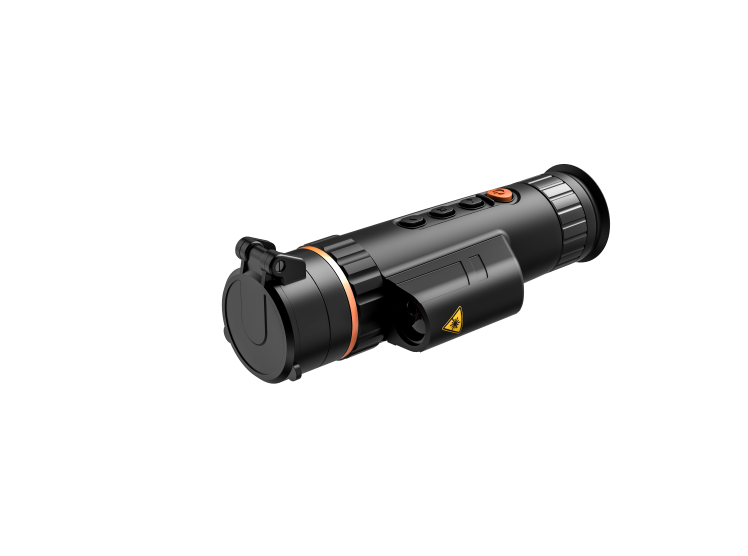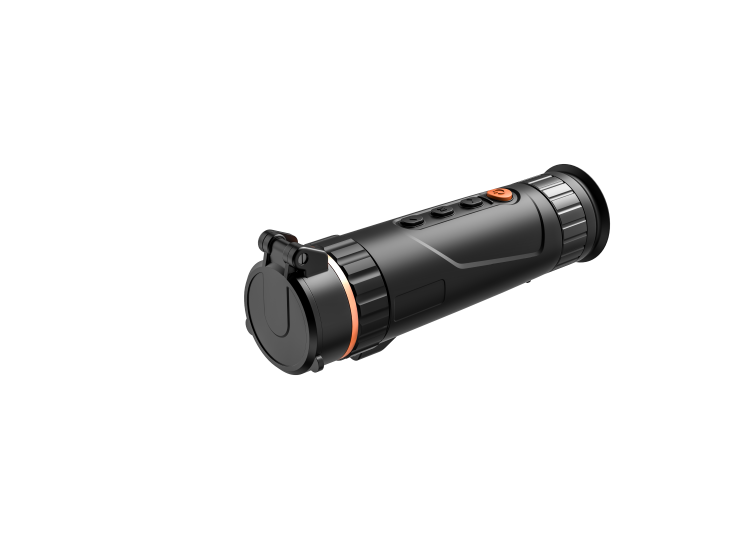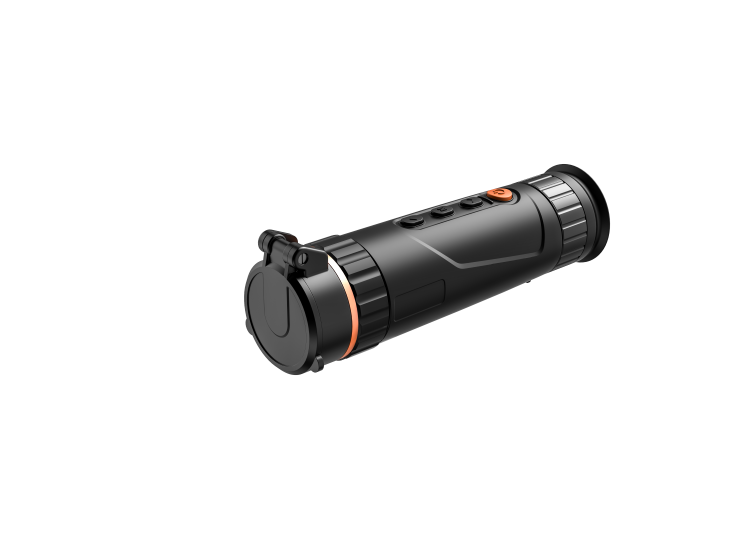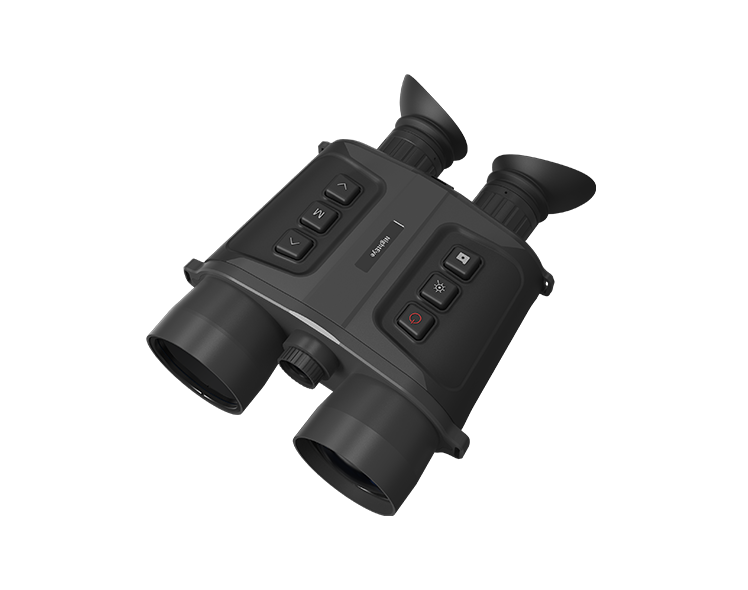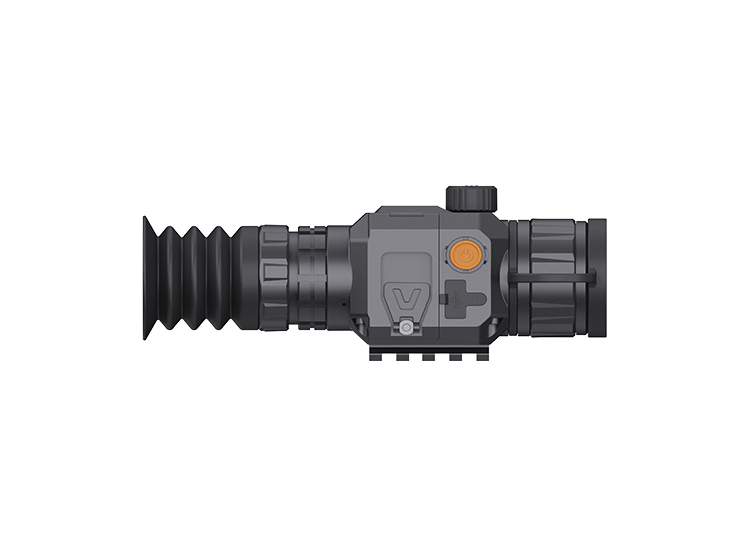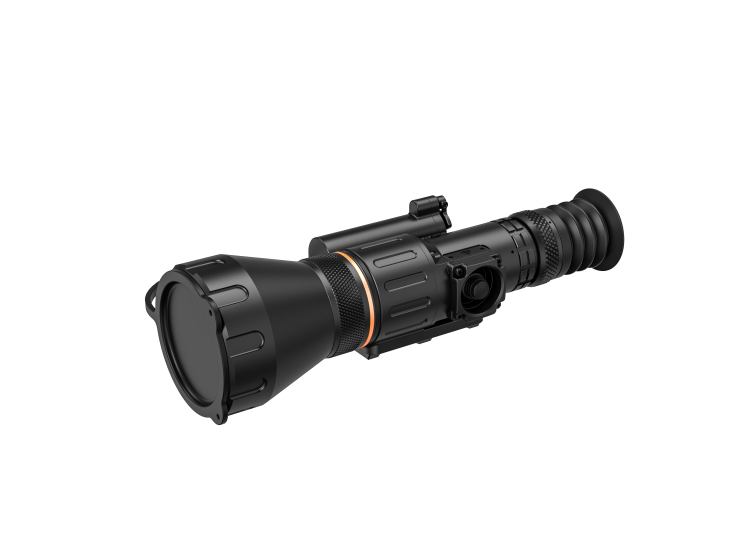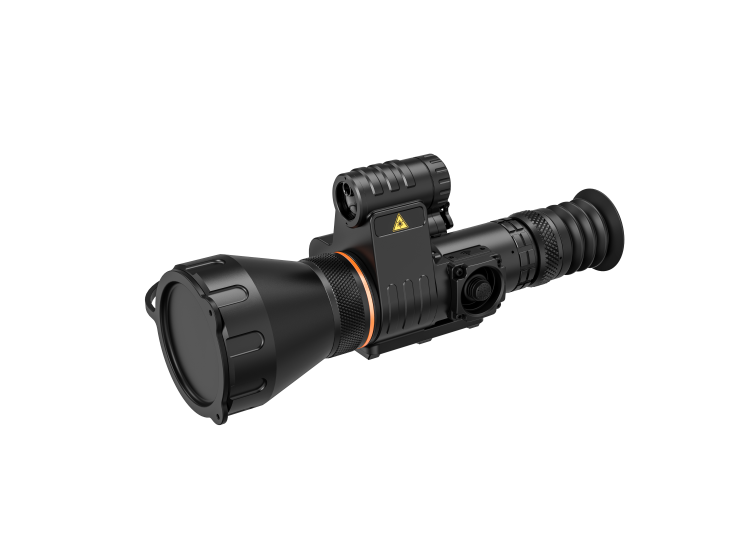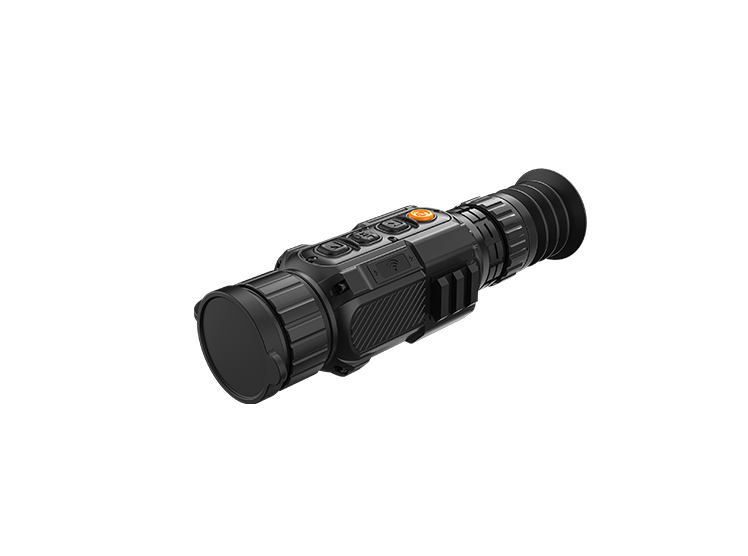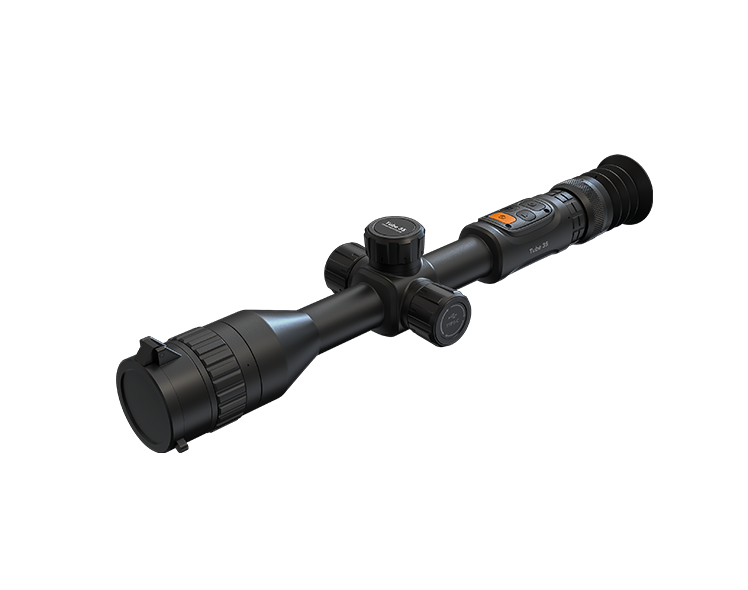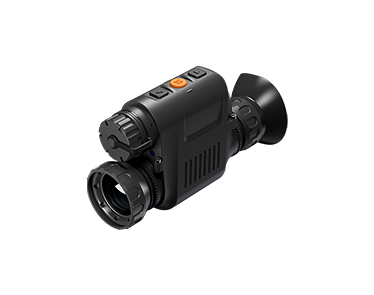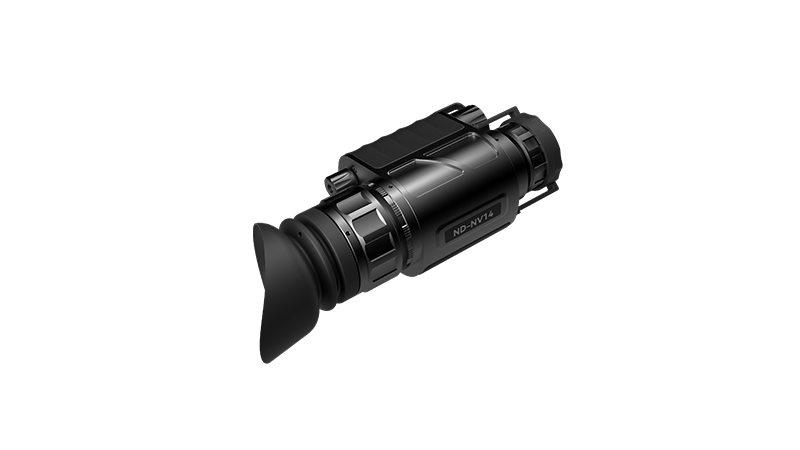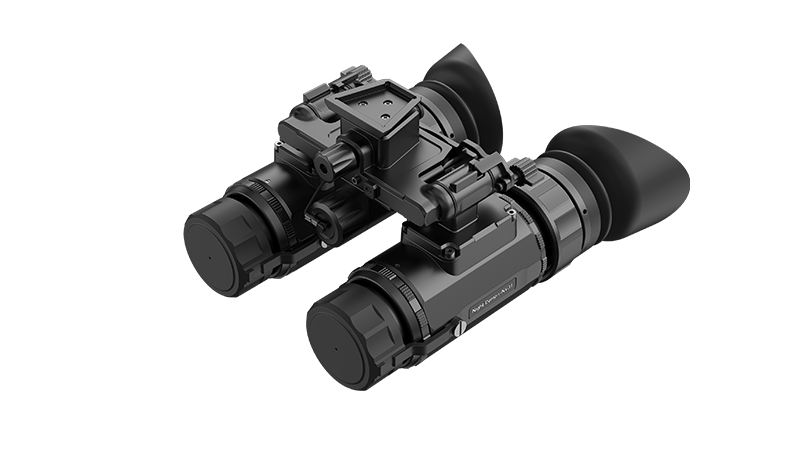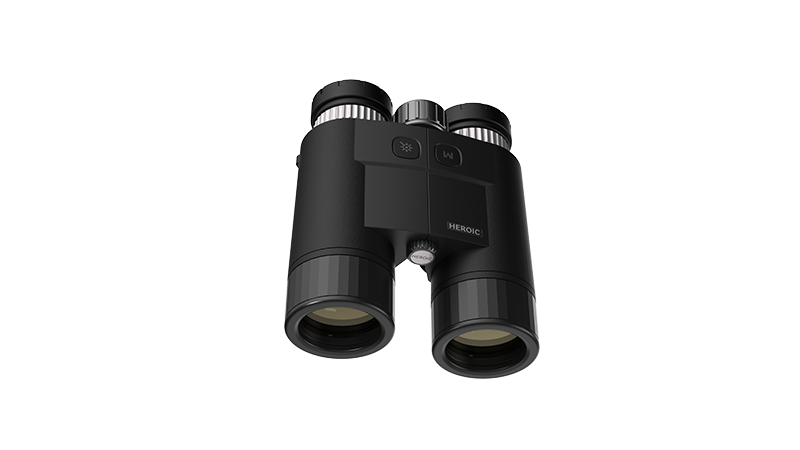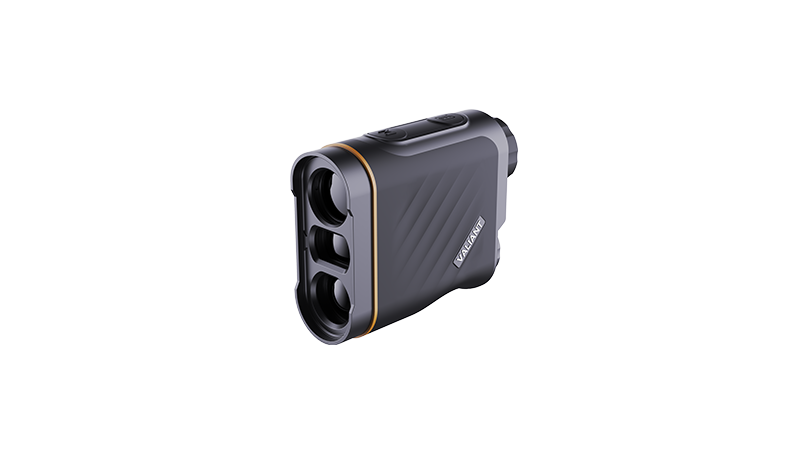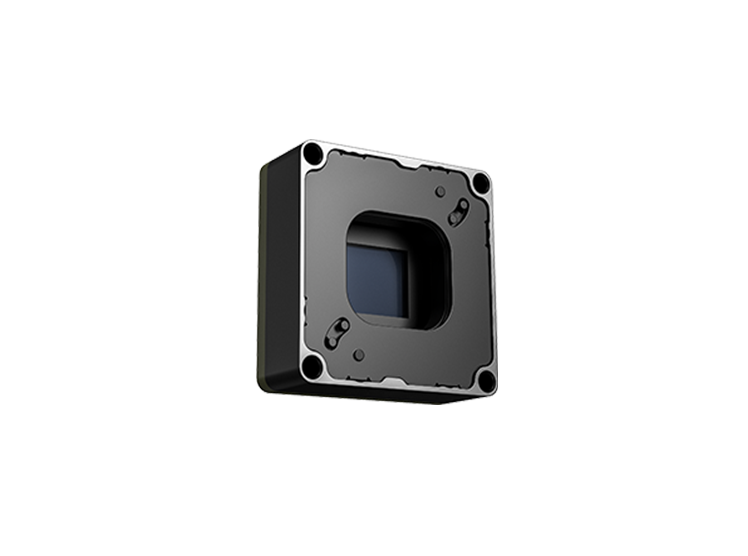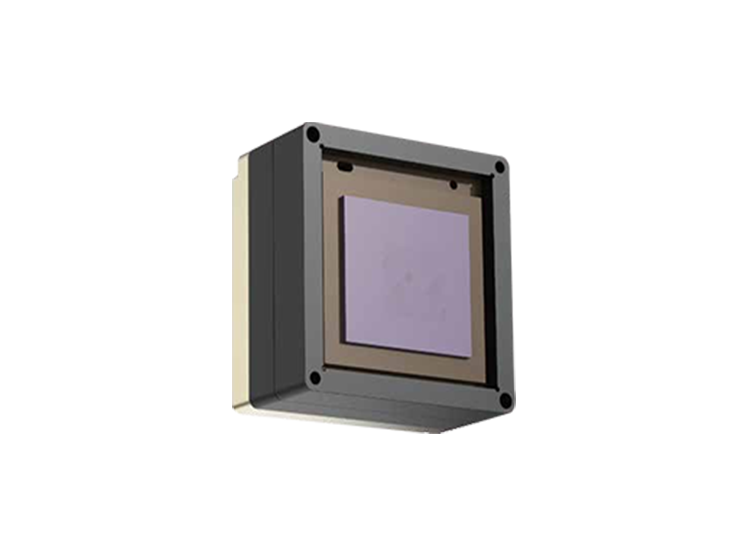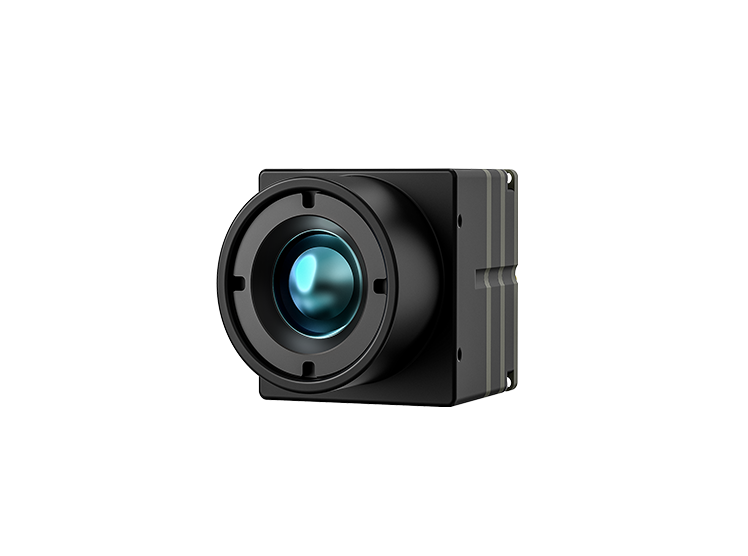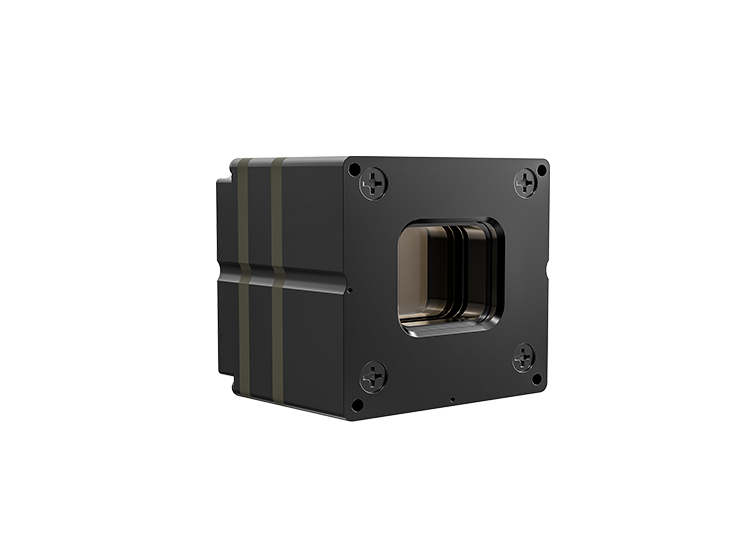Comparing Thermal Imaging Monoculars vs. Traditional Scopes for Hunting
2025/09/05When it comes to hunting, the choice between a hand held thermal monocular and a traditional scope can significantly impact your success. Each tool offers unique advantages and disadvantages, making it essential for hunters to understand their options.
Advantages of Hand Held Thermal Monoculars
One of the primary benefits of using a hand held thermal monocular is its ability to detect heat signatures rather than relying on visible light. This capability allows hunters to spot animals in total darkness or adverse weather conditions, enhancing visibility where traditional scopes fall short. The thermal imaging technology utilized in these monoculars can reveal animals that would otherwise be hidden by camouflage or dense foliage.
Moreover, hand held thermal monoculars are typically lightweight and portable, allowing hunters to scan large areas quickly without the need for mounting. This ease of use can be particularly advantageous during active hunting scenarios where mobility is crucial. The ability to observe surroundings without the constraints of a fixed scope can provide significant tactical advantages.
Limitations of Hand Held Thermal Monoculars
Despite their numerous benefits, hand held thermal monoculars do have some limitations. The primary concern for many hunters is the cost; thermal imaging technology tends to be more expensive than traditional scopes. Additionally, the resolution of thermal imagery can sometimes make it challenging to identify specific species, as it relies on temperature differences rather than clear visual detail.
Battery life is another consideration. While many thermal monoculars offer extended usage, they still require power management, especially during long hunting trips. Hunters must be prepared to carry additional batteries or ensure their devices are fully charged before heading out.
Traditional Scopes: Strengths and Weaknesses
Traditional scopes, on the other hand, provide a clear optical view, which is crucial for identifying specific game at longer distances. They excel in well-lit conditions, allowing for precise aiming and shot placement. For hunters who primarily operate during dawn or dusk, traditional scopes can be highly effective.
However, traditional scopes have limitations in low-light situations and cannot match the versatility of hand held thermal monoculars. They also require a stable shooting position, which can restrict mobility during active hunts.
In conclusion, the choice between a hand held thermal monocular and a traditional scope ultimately depends on individual hunting preferences and conditions. A hand held thermal monocular offers distinct advantages in low-light scenarios and mobility, while traditional scopes excel in clarity and detail. Understanding these differences will help hunters make informed decisions tailored to their specific needs. At IRVOTEX, we provide advanced infrared thermal imaging solutions, including the MK-LR series hand held thermal imaging monocular, which boasts a Noise Equivalent Temperature Difference (NETD) of no more than 25mK. This exceptional temperature resolution allows for swift detection and accurate identification of slight temperature changes in the environment, enhancing your hunting experience.
 +86 (028) 8535 5966
+86 (028) 8535 5966 +86 17323184180
+86 17323184180 irvotex@votinfrared.com
irvotex@votinfrared.com

